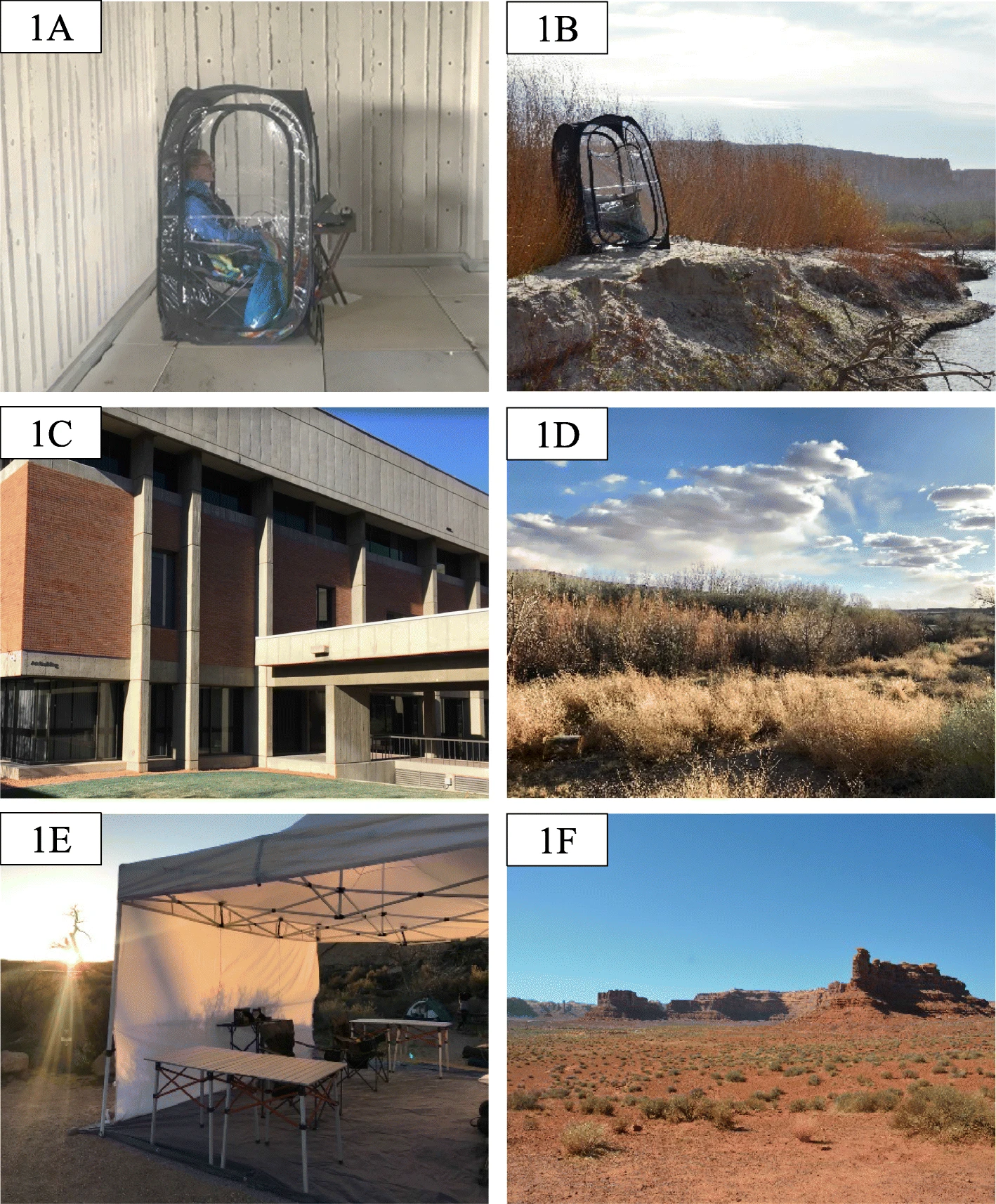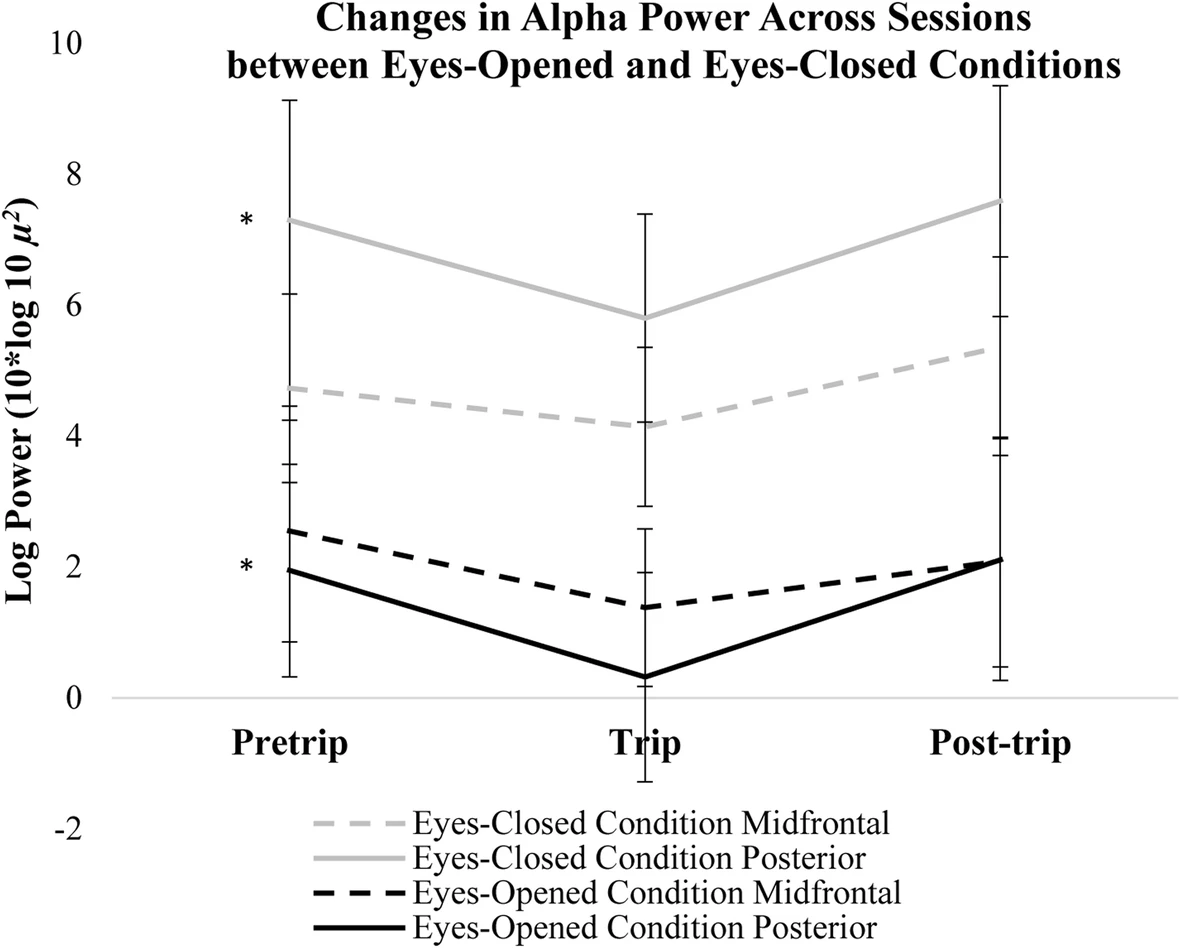What does being in nature actually do for us?
In the last couple of years, when we’ve all been in lockdown and had to work from home for prolonged periods, we’ve each probably thought “I should get out of the house and get some fresh air” – but does that help in more than the moment?
Getting into a flap about nature: Ever had the thought “I should probably get away from my computer and get some fresh air,” even if you don’t want to?
Before all of us were obliged to spend our time isolated from each other, Rachel Hopman, Sara LoTemplio, Emily Scott, Ty McKinney, and David Strayer (pictured below) asked if spending time in nature – not just for a few minutes, but for a few days – had a lasting effect on neural correlates of voluntary attention. That’s a bit different from just getting out of your apartment to take a walk during the pandemic, but their underlying question, of whether spending time in nature has lasting effects on measurable neural activity is an interesting one – do we spend time in nature for no objectively measurable reason, or because we’re actually changing something in our brains in ways that help us?

Collecting EEG data in nature
To do this, Hopman and colleagues recruited 29 undergraduates from the University of Utah who were going on a university-sponsored multiday nature trip, and recorded eyes-open and eye-closed resting state EEG before, during and after the trip. Of course, it’s one thing to record EEG data in the lab or on campus, but how do you do 40-channel EEG in the field? Hopman and colleagues put together a portable EEG lab to take their equipment on this trip with their student-participants, and were able to gather the data they needed.

Neural correlates of nature-induced relaxation
Participants on this trip spent several hours each day hiking in the desert environment in the San Rafael Swell nature area, which is (probably) a bit more of a hike than any of us got during pandemic lockdowns. Focusing on resting-state posterior alpha, the researchers found an overall decrease in posterior alpha when their participants were in nature than when they were spending time in the built environment of the university’s campus. In the paper, the authors discuss their findings in the context of natural environments placing reduced demands on our volitional attention compared to built environments.

Should you take that walk?
Consider their results in light of the experiences we have all had these last couple of years – because of physical distancing, lockdowns and public health measures, we’re all spending more time in built environments than ever before, and under conditions of high stress to boot! Thinking of their results in this context, we might gain some insight into why living our lives through Zoom and our computer screens is quite so stressful, and why we find getting away from our computers to be such a relief. In essence, we’re all experiencing a magnified version of the built environment to nature transition in Hopman and colleagues’ work, and we might read their results as a push to get away from our computers and spend some time outdoors.
While these effects might be more pronounced when we’re in nature – there may be more tonic effects of spending time in more relaxing settings that might help us as we think about how to balance our need to be safe, and away from other people, with our need to maintain our own mental states. If, as the authors suggest, existing and working in built environments is more attentionally demanding (as your email client “dings” for your attention every waking minute), spending time away from all of these attentional demands might have a very salutary effect. This isn’t to say that we all need to be measuring our neural activity both in our homes and out in nature, although the data might be interesting, but rather that being in nature appears to help us in distinct and measurable ways.
So, the next time you ask yourself whether you should take a nice long walk for your stupid mental and physical health, the answer is probably yes. Your brain will thank you.

Featured Psychonomic Society Article
Hopman, R. J., LoTemplio, S. B., Scott, E. E., McKinney, T. L., & Strayer, D. L. (2020). Resting-state posterior alpha power changes with prolonged exposure in a natural environment. Cognitive Research: Principles and Implications, 5(1), 1-13. https://doi.org/10.1186/s41235-020-00247-0
